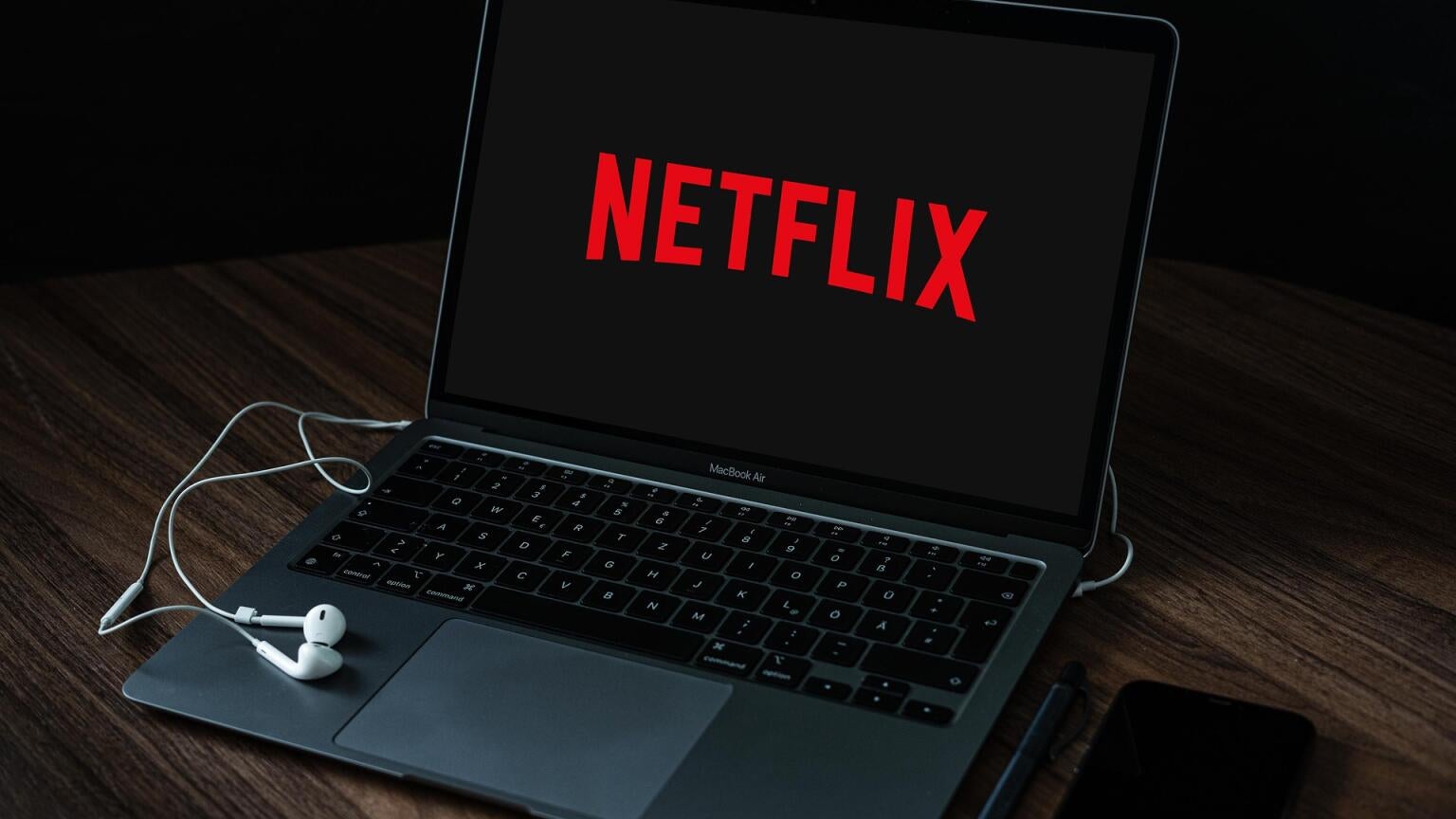
Following the company’s most recent earnings report, Netflix co-CEO Reed Hastings announced on a call with analysts that the streaming giant was planning to launch an ad-supported tier “in a year or two.”
However, just a few weeks later, reports started circulating that indicated that the streamer was looking to bring the lower-priced option to consumers much more quickly than had originally been teased. Earlier this week, The New York Times reported that Netflix is readying the new tier to launch before the end of the year.
At this point, the streamer hasn’t released any substantive details about the new subscription option, but based on the accelerated speed with which they are bringing the tier to market, we can make a few assumptions about the options that Netflix has to incorporate advertising with such a short turnaround. Since the streamer has to build its advertising practices from the ground up, it will likely need to start with the most simplistic options first if the goal is to launch before year’s end. While Netflix can always add features and functionality post-launch, it’s best to keep it simple to start.
First Things First
The easiest thing for Netflix to do as it starts its advertising odyssey would be to simply frontload all of its programming with a series of ads commensurate with the length of the content and leave the rest of the episode or movie undisturbed. That should be a fairly simple thing to do in the scope of the overall technical and cultural shifts that must accompany this move.
For a 22-minute episode of television, two to four commercials ranging 15-30 seconds apiece would likely be appropriate to start, while five or six would not be too intrusive in front of a film. Those are fairly standard loads for ad-supported programming and wouldn’t feel too cumbersome to viewers who are used to streaming ad-supported content.
Of course, the next most obvious option is to insert commercials during the existing breaks in licensed TV content. For episodes that originally aired on broadcast and basic cable, their act breaks are already designed to incorporate advertising, so programming Netflix’s technology to serve ads in those spots should be relatively simple. Whether that will require a staffer to go into each episode and timestamp the breaks or if the streamer already has that data, I don’t know, but this should be one of the first things that Netflix does while folding ads into its content.
How to Add Commercials Where There Are No Commercial Breaks?
The issue that the streaming giant will have with its own original series will be that those episodes weren’t designed to support advertising. So, while Netflix could obviously shove ads into the eps, it might not always be as seamless. This would most likely require some level of tedious manual labor — even if they were able to use some sort of technology to automate much of it — to scrub through episodes and find appropriate spots to add in commercials.
Eventually, it is likely that Netflix will find a way to incorporate ad breaks into all of its episodic content, but the question remains what the streamer will do with movies. No premium service inserts ads into the run of films, and given that Netflix still considers itself the epitome of streaming experiences, it is unlikely to break that mold. So, it is likely that customers will see ads before every film and perhaps at the end as well.
To Skip or Not to Skip
Another question that Netflix will have to address is whether or not any of its ads are skippable. Obviously, by making even some of its ads skippable, Netflix would be driving down the price that advertisers would have to pay, but it could be an option, especially for in-episode and post-content positions.
The streamer could charge top dollar for the highly coveted, non-skippable pre-roll ad spots while making the user experience more enjoyable by giving customers the option to skip — or fast forward through — commercial breaks or to exit out of commercials after an episode or movie is over.
Paywalling Programming
Another thing that Netflix could consider is whether or not its full library of content will be available to both the ad-free and ad-supported tiers. The service is currently home to north of 3,000 movies, 1,500 originals, and a total of 17,000 titles globally.
If Netflix was interested in further differentiating its tiers, it could opt to keep its current Basic, Standard, and Premium tiers as is with access to the entire catalog, but for the ad-supported options, cascade them with varying levels of access to content.
Perhaps the most basic option might be $4.99 per month and would have commercials and only include licensed programming. Then a $6.99 tier would be ad-supported and would include Netflix originals in addition. If the streamer really wanted to incentivize customers to stick with the higher-priced tiers, they could even window access to licensed and original content.
Instead of dropping the first half of “Stranger Things” Season 4 on May 27 across all tiers, perhaps it could become available to ad-free subscribers on that date and then the following week to customers on the lower tiers. While that could lead to some resentment amongst the more budget-conscious customers, it would be a way to differentiate the tiers.
However Netflix decides to roll out its new lower-cost tiers, the eyes of an entire industry will be on them. While other services like Hulu, HBO Max, Paramount+, and others have successfully navigated the dual revenue streams, the vast majority of episodic content on those platforms is fundamentally built for commercials and those companies have long corporate histories with advertising; that is not inherently the case for Netflix.
And while the service does not have to have all of its advertising operations up and running at full speed when its new plans debut, whatever they launch with will undoubtedly have a huge impact on whether or not this new experiment works for the world’s largest streamer.
Netflix
Netflix is a subscription video streaming service that includes on-demand access to 3,000+ movies, 2,000+ TV Shows, and Netflix Originals like Stranger Things, Squid Game, The Crown, Tiger King, and Bridgerton. They are constantly adding new shows and movies. Some of their Academy Award-winning exclusives include Roma, Marriage Story, Mank, and Ma Rainey’s Black Bottom.

